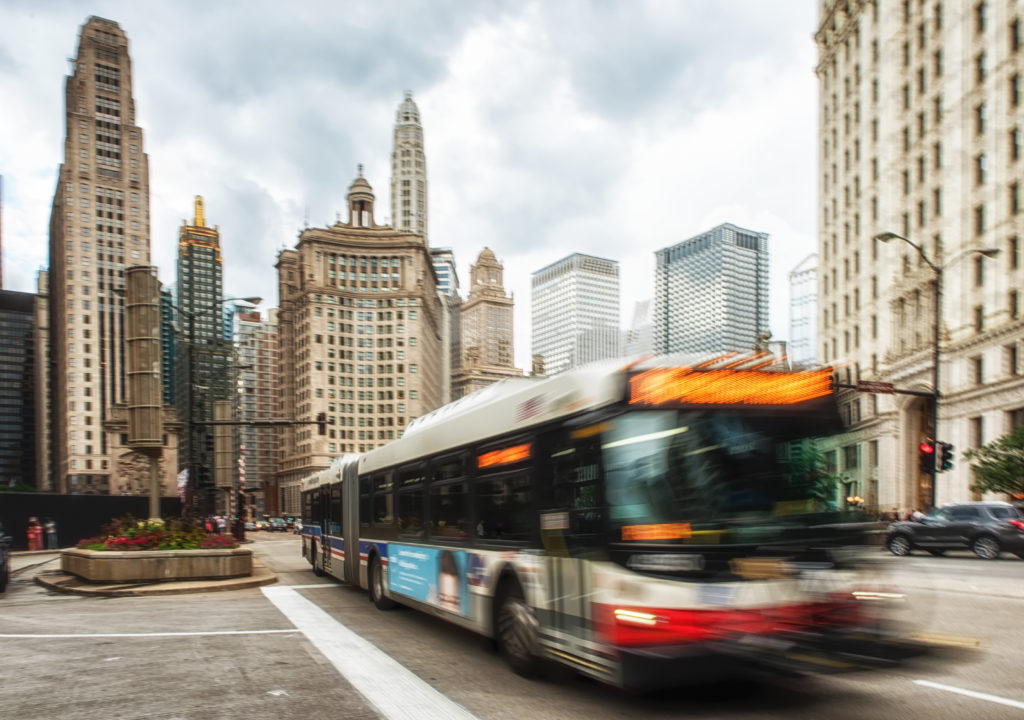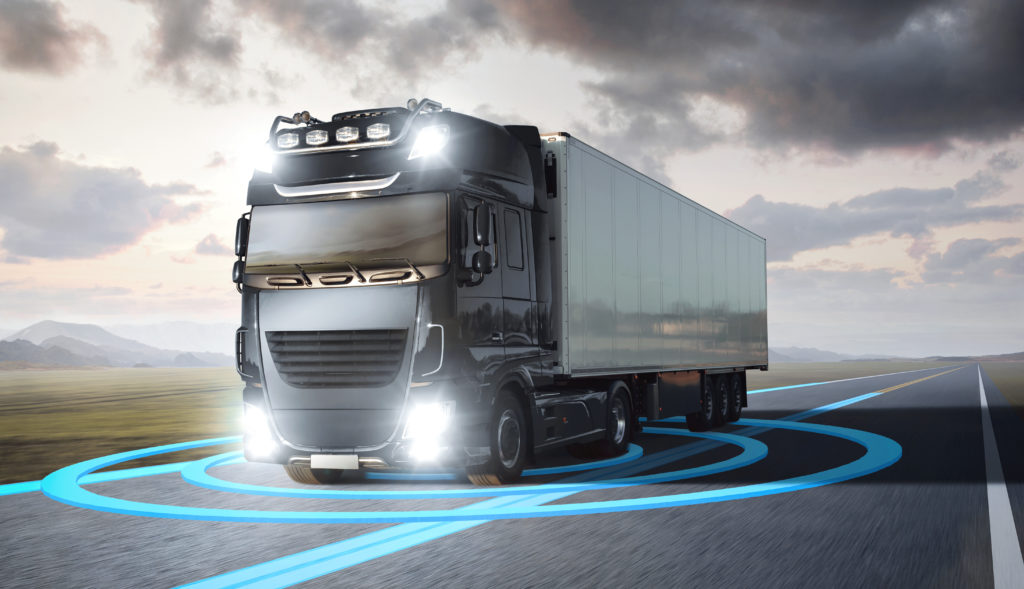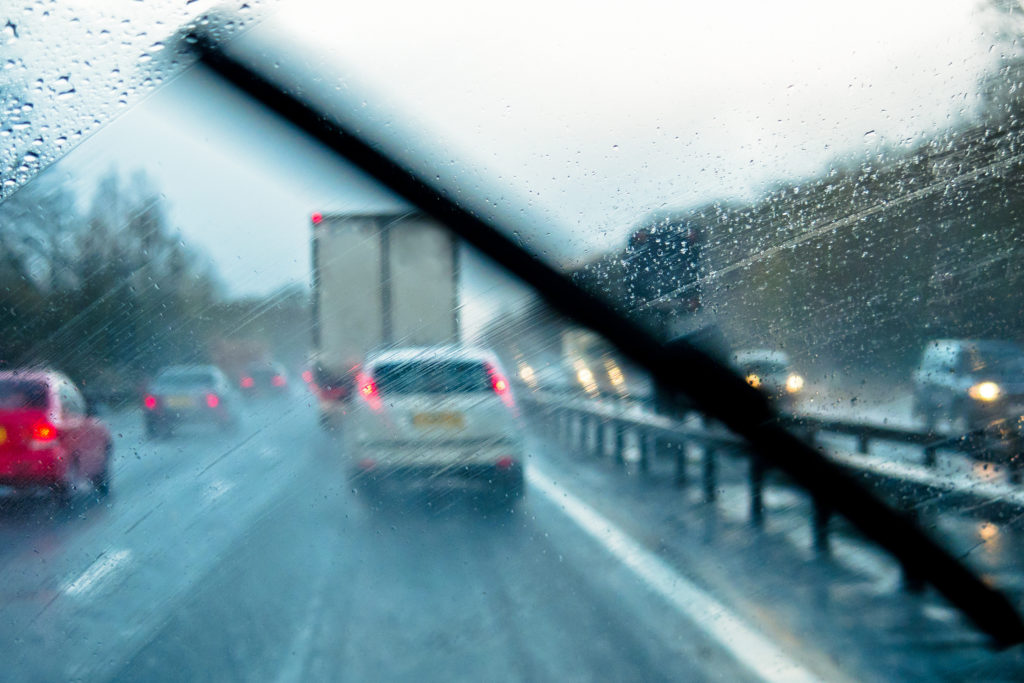
More self-driving cars and trucks will be taking to American highways throughout 2020 and beyond–and it looks like the U.S. Department of Transportation is working to ensure this momentum continues.
Elaine Chao, U.S. Secretary of Transportation announced the guidelines of U.S. DOT’s newly released AV 4.0, an updated policy regarding autonomous vehicle technology, on January 8th at CES 2020 in Las Vegas.
The guidelines are titled “Ensuring American Leadership in Automated Vehicle Technologies,” and Chao explained that AV tech can include everything from automated brakes to lane-departure warning systems to adaptive cruise control.
The department’s goal is to continue development of these innovations while still focusing on safety. AV 4.0 has three underlying principles–prioritizing safety, promoting innovation, and ensuring consistent regulation.
“Safety is always Number One at the U.S. Department of Transportation,” Chao said. However, a Department of Transportation commitment is “remaining technology-neutral” as well as “protecting American innovation and creativity.”
AV 4.0 will consist of a set of regulations and principles throughout 38 different federal departments, agencies, and offices around the country. It will aim to specify particular steps which state and local government agencies and technology experts can take to further the development and implementation of driverless vehicles.
“The federal government is all in for safer, better, and more inclusive transportation aided by automated driving systems,” according to Chao.
This is one of the first big pushes for country-wide guidelines, as annual guidelines since 2016 have been called for regulation along the lines of “voluntary guidance.” Although the federal government does set the safety standards for AVs, states control their own licensing. For example, the Department of Motor Vehicles in California has its had its own regulations regarding insurance as well as how safety officials should be informed of driverless vehicles deployed in the area.
Now, Automated Vehicles 4.0 will be the first system of federal oversight.
Its guidelines also align with the Trump administration’s support of AV tech and possibilities for collaboration–like research resources and federal AV sector investments.
“We quickly realized that the autonomous vehicle question is not one that is housed solely at the Department of Transportation,” said Michael Kratsios, U.S. Chief Technology Officer. “You have a federal government which has come together and said, ‘We want the U.S. to lead in this domain.’”
Although AV technology has been progressing more slowly than expected, the innovation is still moving forward. Google’s driverless car offshoot, Waymo, currently operates in Phoenix as a commercial robotaxi service and also offers driverless rides on Silicon Valley public roads (to employees and guests only).
Additionally, Florida tech companies Beep and Voyage are testing driverless shuttles in retirement communities, and Ford is currently experimenting with a robotaxi service in Miami. In Arizona and Florida, Waymo, TuSimple, and Starsky Robotics are operating automated driving trucks on public highways.
Chao believes AV 4.0 is an inevitable step in traffic safety’s future. She explained that driverless vehicles will be able to improve overall road safety while also reducing traffic congestion and giving more options of mobility for those currently facing transportation setbacks.
“Transportation today is synonymous with innovation,” she said, “and transportation is going to be as instrumental in America’s future as it has been since our nation’s founding. We are preparing for the transportation of the nation’s future.”
However, there are reasons for AV development delays–multiple driverless vehicle-related accidents, such as the incident involving a pedestrian on a highway who was hit and killed by an automated Uber car in 2018. Still, AV manufacturers say they are working to be as responsible and efficient as possible.
These guidelines will focus solely on the development of driverless cars, not on vehicles with some automated capabilities that still require a human driver’s presence and attention, such as ‘Level 2’ automation which includes driver-assist options, like Tesla’s Autopilot and Cadillac’s SuperCruise.
PAVE, a driverless vehicle industry and consumer coalition, was formed in 2019 in order to educate both policymakers and the public on this technology as well as to address any safety concerns.
“Realizing the vast potential of AVs will require collaboration and information sharing, among all institutions involved, said Chao.




